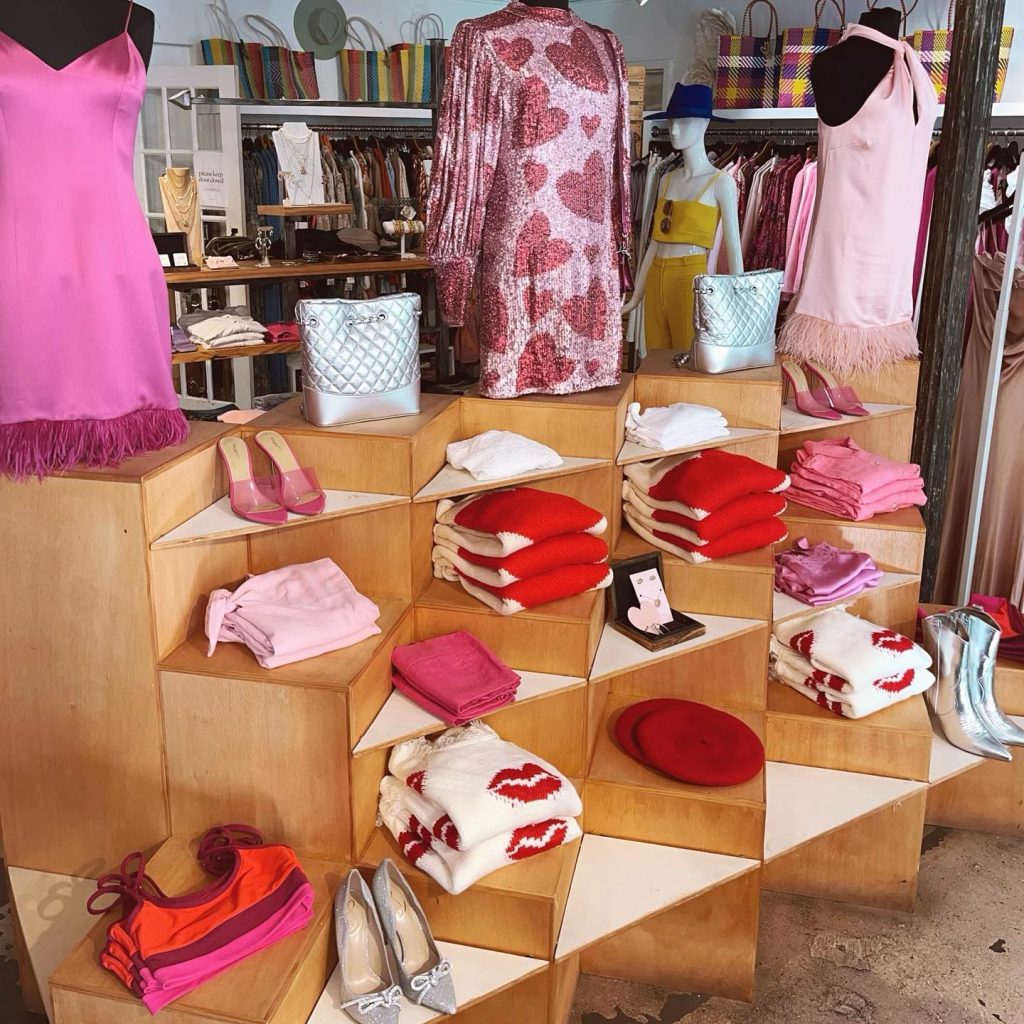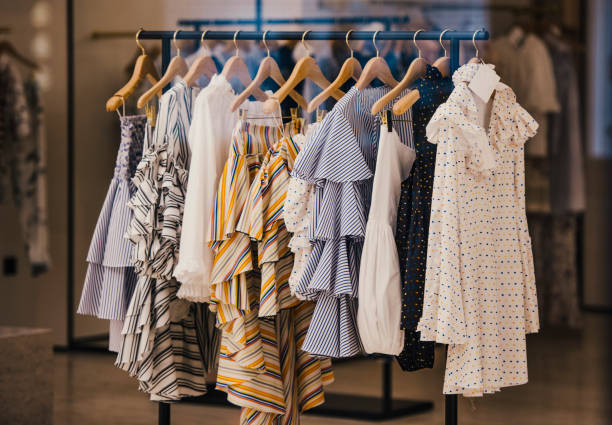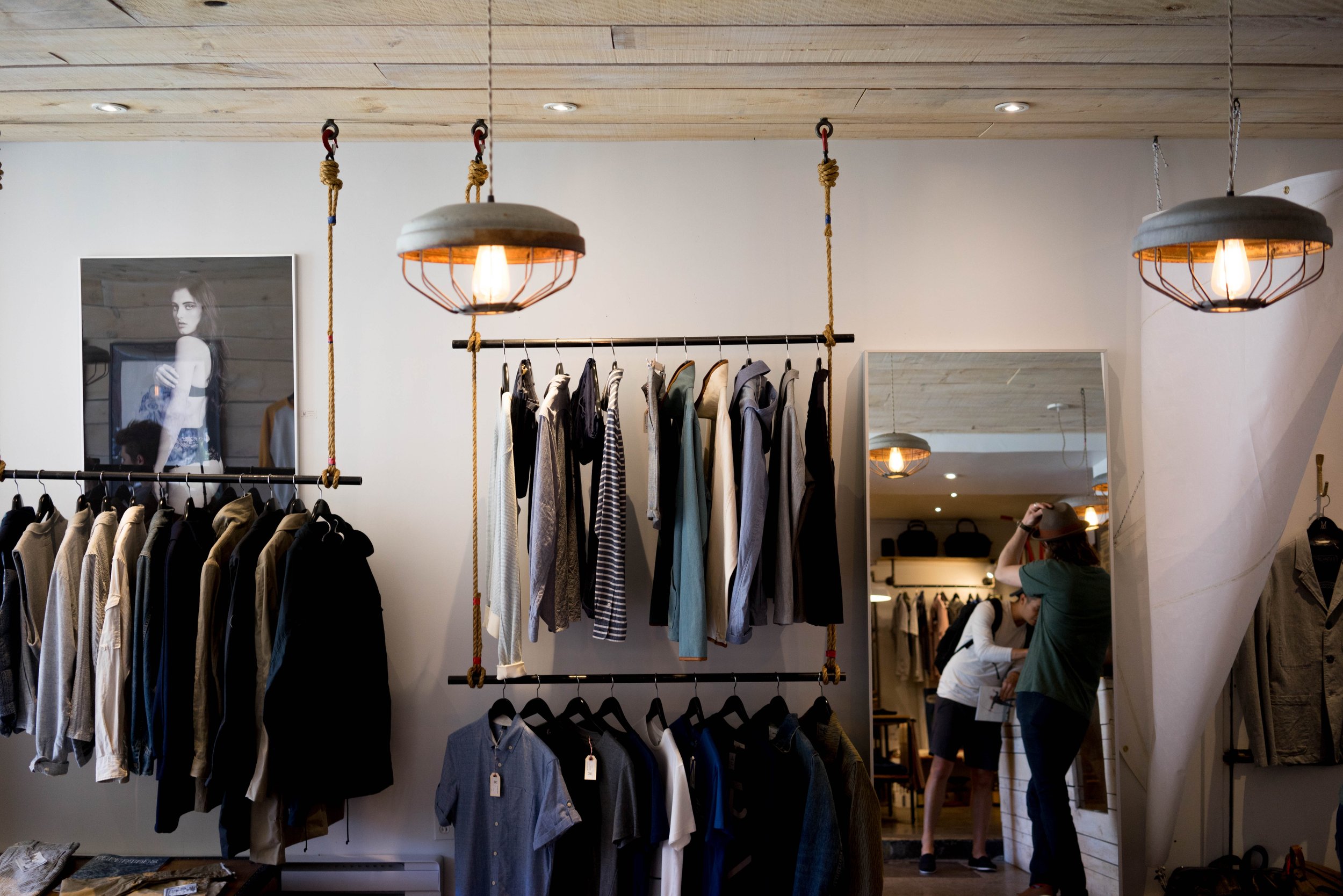Raise Your Wardrobe with Spectacular Boutique Fashion Essentials
Wiki Article
Discovering the Advancement and Influence of Apparel on Modern Style Trends
The advancement of apparel has actually dramatically affected modern-day style fads, combining historical precedents with sophisticated technologies. Renowned figures like Coco Chanel and Yves Saint Laurent transformed the style market by introducing concepts that focus on comfort and accessibility, which proceed to resonate today. Technical strides in areas such as 3D printing and clever fabrics are redefining style opportunities and consumer experiences (boutique fashion). In addition, the expanding emphasis on inclusivity and sustainability is reshaping sector standards. As we consider these complex influences, one should question just how these aspects collectively redefine fashion's duty in mirroring and forming contemporary society.Historical Style Influencers
In the tapestry of style history, specific figures have actually left an enduring mark, forming the fads and designs that define whole eras. Coco Chanel, an innovative designer, redefined females's style by presenting comfy, stylish garments that left from restrictive bodices.Elsa Schiaparelli is an additional essential figure, renowned for her avant-garde layouts that integrated surrealist art, working together with Salvador Dalí to develop whimsical pieces that tested traditional looks. Her ingenious use of shade and bold patterns reverberates in modern style. Yves Saint Laurent, at the same time, equalized high style with prêt-à-porter collections, bringing path designs to the masses and setting a criterion for modern-day ready-to-wear lines.
These enthusiasts, to name a few, not just changed fashion in their times but also set withstanding fads that resonate in today's apparel industry, providing a structure whereupon modern-day designers continue to construct and introduce. Their legacies emphasize the value of imagination and daring in fashion's ever-evolving narrative.
Technical Advancements in Style
In the middle of the dynamic landscape of the garment industry, technical advancements stand at the forefront of advancement, improving just how developers produce and customers engage with fashion. The integration of 3D printing has actually reinvented layout processes, making it possible for developers to try out complicated structures and lasting materials that were previously unthinkable. This innovation promotes fast prototyping, decreasing waste and expediting production times.
Smart textiles, installing modern technology into textiles, are likewise changing the industry. Technologies like temperature-regulating and self-cleaning materials provide enhanced performance and comfort. Wearable technology, including attributes like health and fitness monitoring and interaction, adds a new measurement to style, merging aesthetic appeals with usefulness.
Social Shifts and Style
As technical developments continue to reshape the fashion sector, cultural shifts are similarly significant, redefining design and consumer choices. In current years, the surge of social networks systems has actually accelerated the dissemination of worldwide fashion trends, permitting varied cultural influences to merge and coexist. This digital interconnectivity has actually helped with the rapid exchange of concepts, resulting in a much more diverse and inclusive analysis of design that mirrors the multifaceted nature of modern culture.Social recognition and appreciation have motivated designers to draw inspiration from a broader spectrum of ethnic and historical contexts, integrating conventional themes with modern appearances. This fusion has actually caused fashion that resonates with a larger audience, promoting a feeling of identification and belonging throughout different demographics. In addition, the boosting need for customization has actually driven brands to supply personalized choices, making it possible for customers to express individuality while useful content mirroring their cultural heritage.
Furthermore, moving societal worths have actually impacted fashion, with inclusivity and variety ending up being central styles. The market has begun to embrace models and influencers of numerous physique, ethnic backgrounds, and sex identities, tough conventional beauty standards. This transformation underscores the power of cultural shifts in forming the future of style, as design comes to be a much more authentic expression of cumulative and individual identification.
Sustainability and Modern Design
While the garment industry remains to develop, the necessary for sustainability has ended up being significantly urgent, influencing modern-day style practices. This shift aims to attend to environmental worries and moral factors to consider, resulting in a reevaluation of typical production techniques. Designers are currently integrating sustainable materials, such as natural cotton, recycled polyester, and biodegradable textiles, into their collections, lowering the eco-friendly footprint of style. The increase of sluggish fashion, which stresses quality over quantity, urges consumers to invest in ageless pieces as opposed to short-term patterns.Moreover, contemporary layout is identified by its innovation in lessening waste and promoting circularity. Methods such as zero-waste pattern cutting and 3D knitting are acquiring grip, allowing developers to create garments with see this here very little fabric wastefulness. Additionally, brand names are taking on clear supply chains, guaranteeing liability and fostering customer trust. This approach not just mitigates environmental effect but additionally boosts the social duty of style homes.

Future Trends in Style

Sustainability will remain to be a driving force in forming future style patterns. The sector is increasingly taking on environment-friendly products and ethical manufacturing methods, replying to an expanding consumer need for accountable practices. Advancements such as bio-fabricated materials and closed-loop recycling systems are set to redefine exactly how clothing is generated and eaten, minimizing environmental effect while maintaining design and quality.
Social shifts, including the increase of inclusivity and diversity, will certainly additionally play a critical role. As society becomes extra mindful of social problems, fashion is expected to become a system for expression and modification. Designers will likely focus on developing collections that mirror a more comprehensive variety of identifications and experiences, promoting representation and accessibility.
Verdict
The evolution of clothing dramatically affects modern fashion patterns, where historical impacts combine with contemporary styles. Secret numbers like Coco Chanel and Yves Saint Laurent have redefined style, while technical advancements such as 3D printing and clever textiles increase innovative opportunities. Cultural changes in the direction of inclusivity and sustainability force brand names to adopt ethical Discover More methods and welcome variety. This continuous development emphasizes fashion's role as a mirror to societal worths and technological development, recommending a future rich with development and inclusivity.The advancement of apparel has significantly affected modern-day fashion trends, merging historic precedents with advanced developments.Amidst the dynamic landscape of the style sector, technical developments stand at the forefront of development, reshaping how developers produce and consumers engage with fashion.While the style industry continues to progress, the critical for sustainability has ended up being progressively immediate, affecting modern-day design methods. As sustainability comes to be embedded in modern-day layout, it leads the way for a more responsible and mindful fashion sector.
The evolution of garments dramatically affects modern style patterns, where historic impacts combine with contemporary layouts.
Report this wiki page